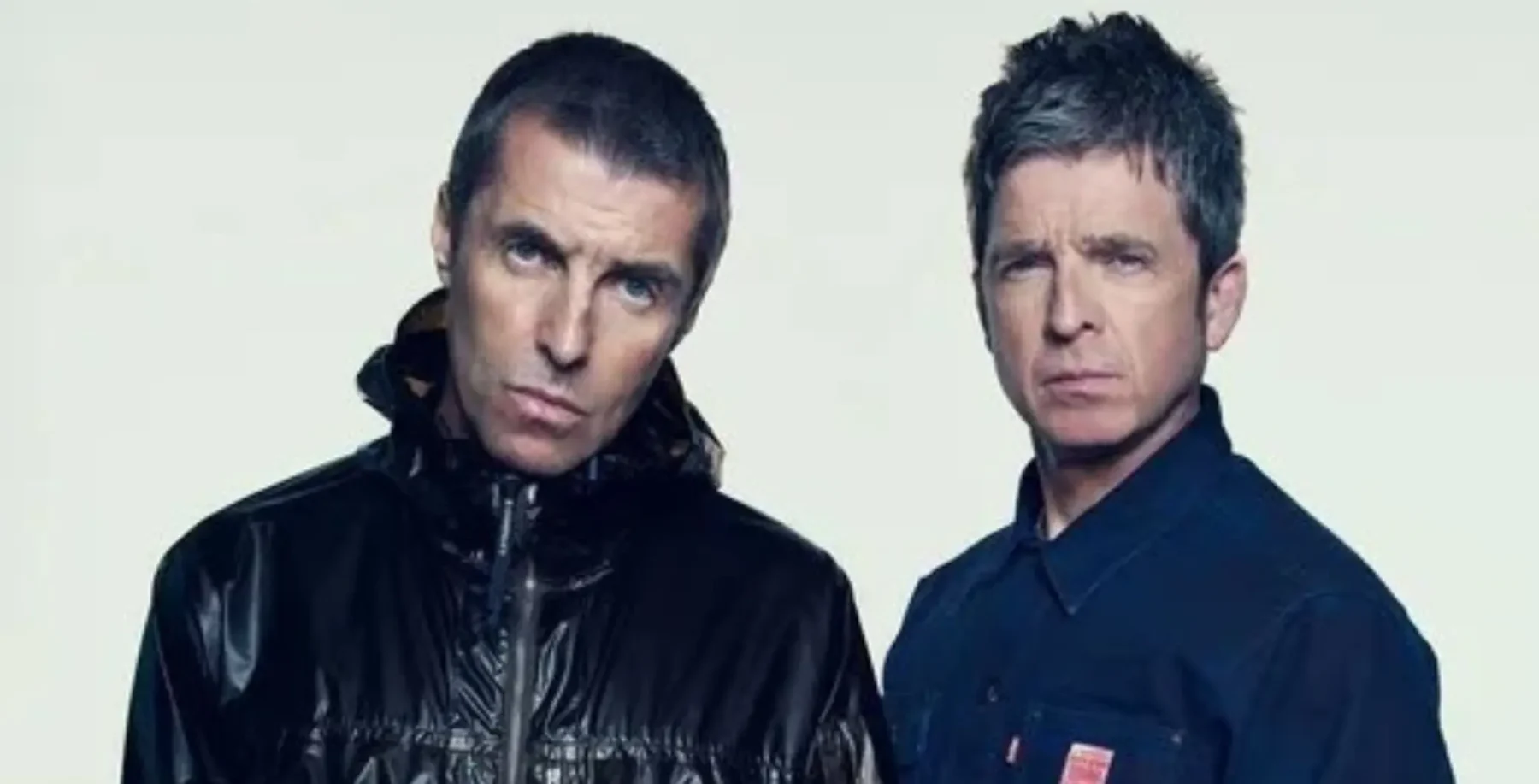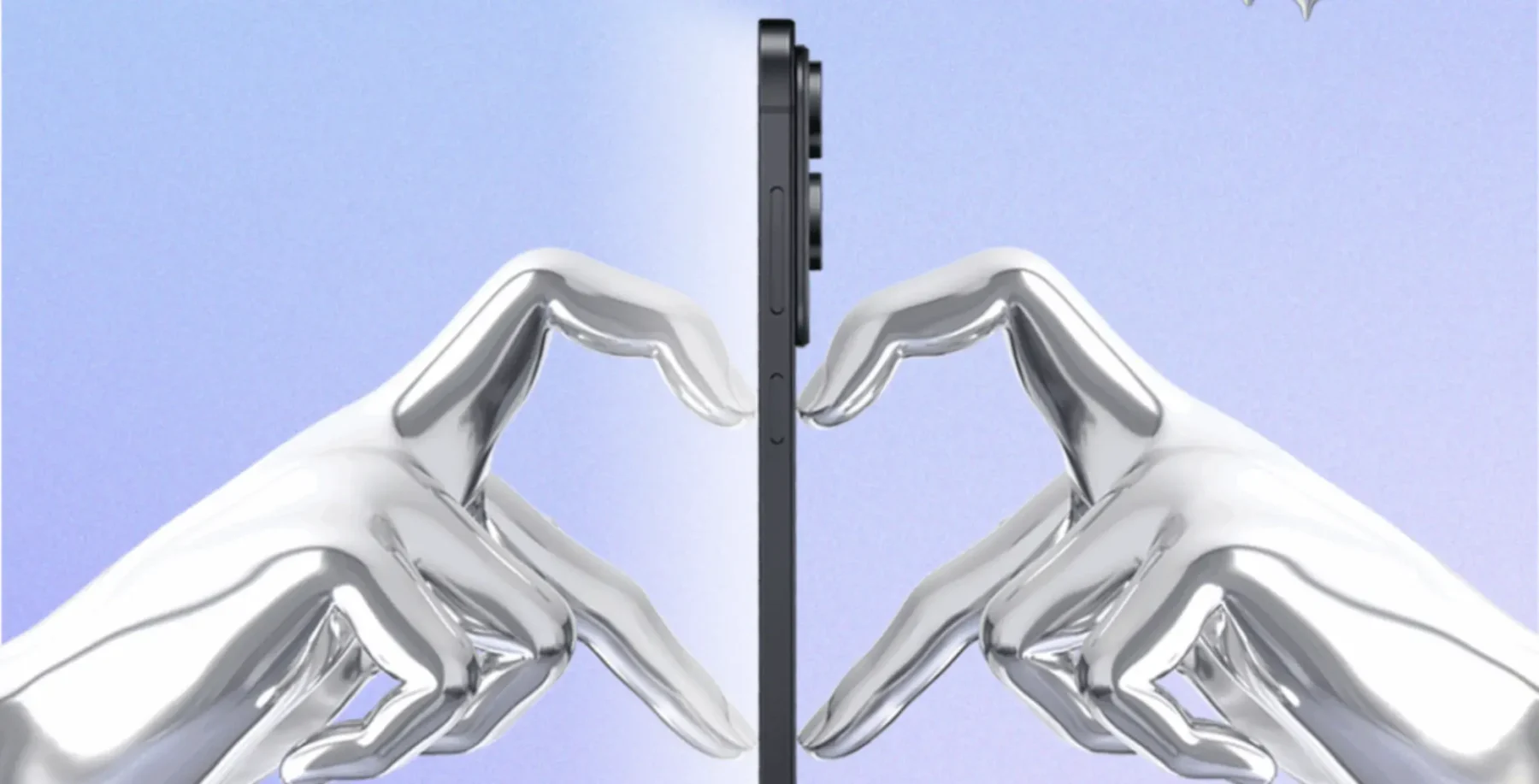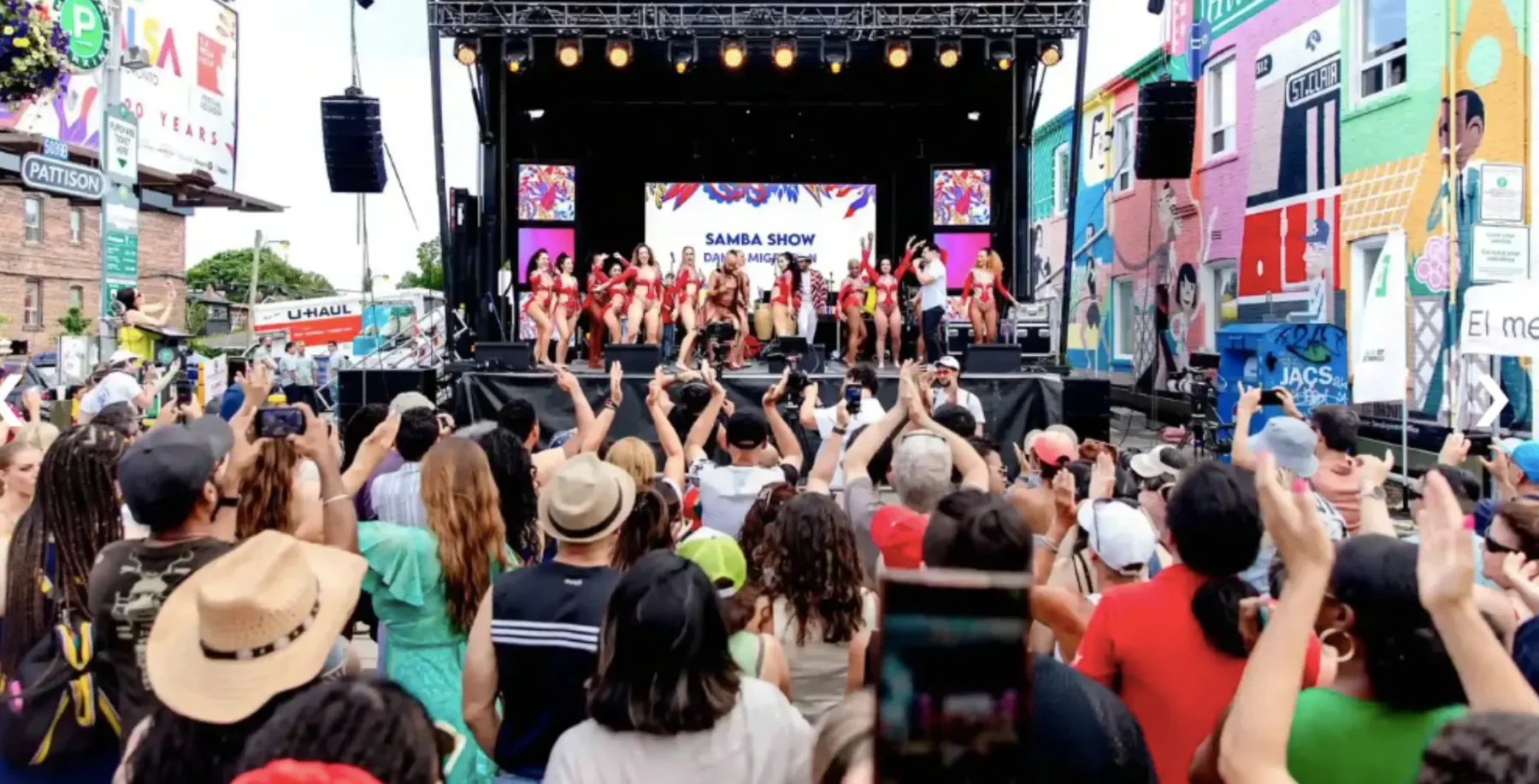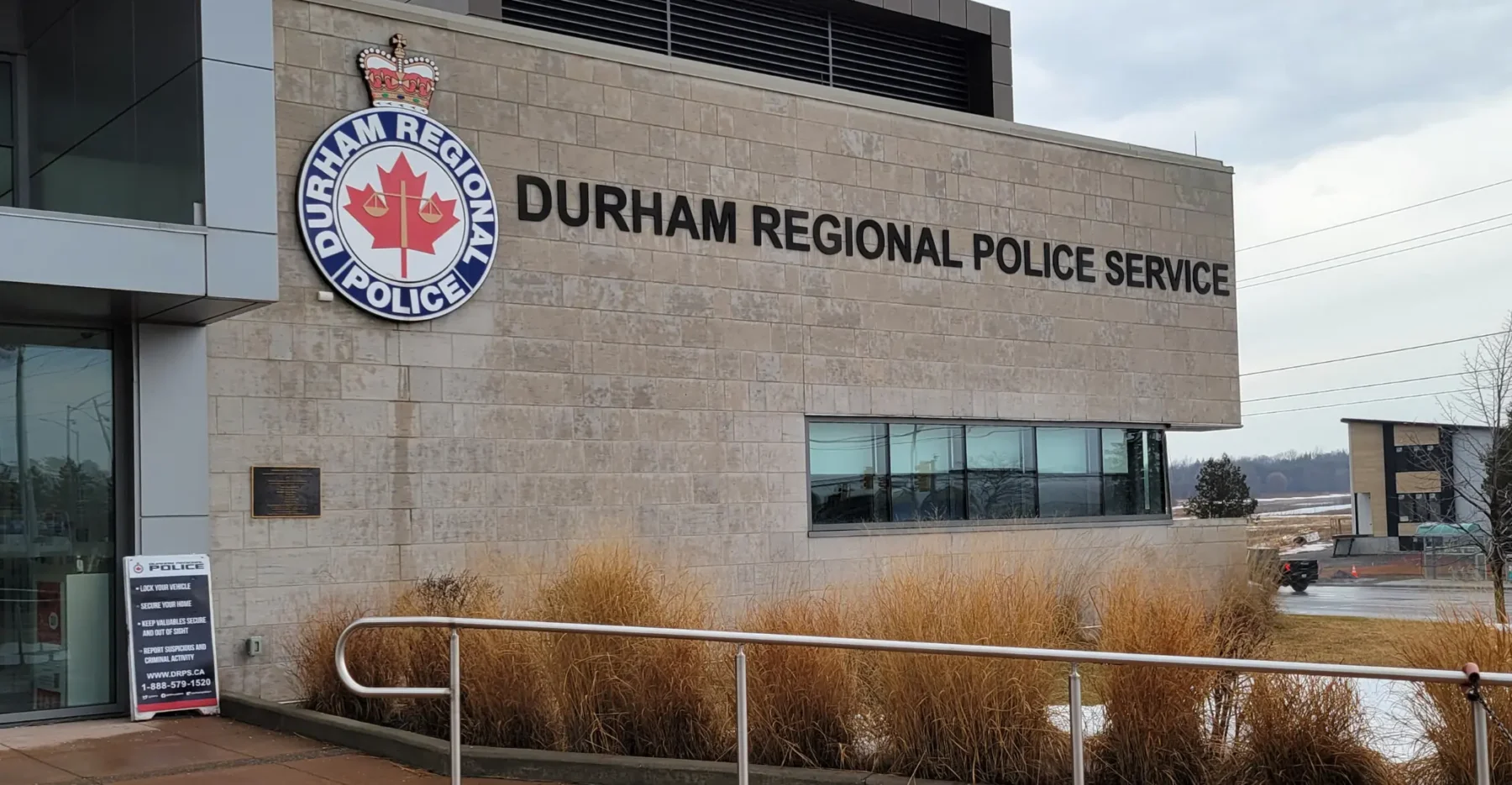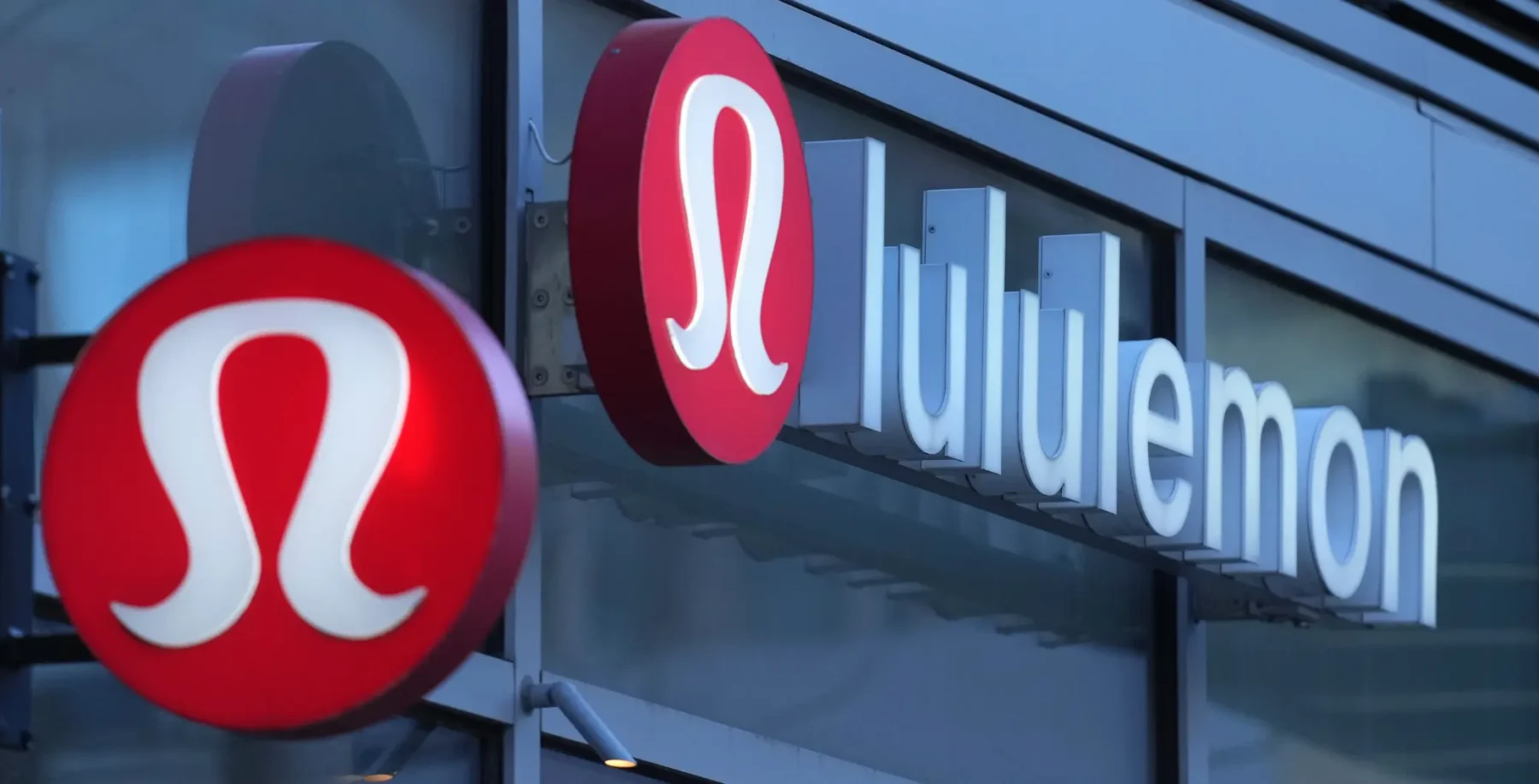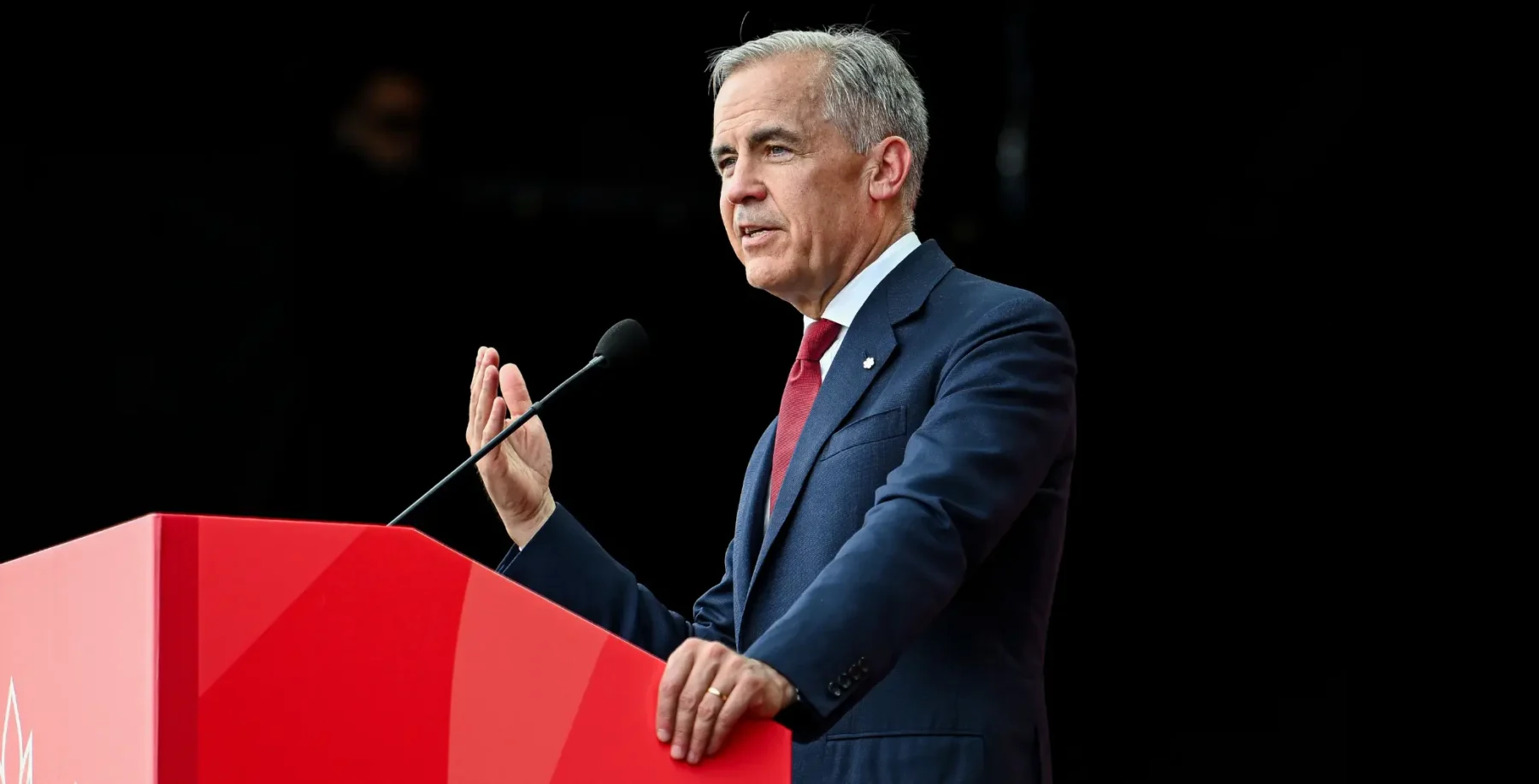
One of the most popular spots in Trinity Bellwoods is an overgrown bush toward the centre of the park.
On a recent Friday night, as a friend and I sat on a bench nearby drinking tall cans of DAB, the bush must have had two-dozen visitors in the span of an hour. Men and women would enter the shrubbery one by one, only for a moment or two, and then walk out, sometimes discreetly adjusting their pants.
This of course is an excellent place to pee, and that’s a scarce commodity in Bellwoods many nights this steamy summer, when hundreds of people toting six-packs, wine bottles and other diuretics cram into the park for what’s become Toronto’s most popular weekly outdoor party.
Where Los Angeles has beach culture and Paris has café culture, Toronto is home to a burgeoning park culture.
Bellwoods is its epicentre – by day the Queen West park is like any other in the city, but as the afternoon begins to turn into evening, people stream into its 14 hectares in twos and threes to claim a spot on the grass.
Soon the fields are dotted with beat-up bikes, the air is laced with marijuana smoke, and the park echoes with the hiss of beer cans cracking open and bottle caps twisting off. By the time it gets dark, Bellwoods is buzzing.
And it’s not the only one. Although the city doesn’t keep accurate statistics, city officials say attendance in parks across the downtown core is higher than ever.

Parks, Forestry and Recreation credits the condo boom for the surge, but that likely isn’t the only factor driving record crowds to Toronto’s common greens.
With a seemingly endless stream of extreme heat alerts, major construction making crosstown trips a pain and seats on patios at a premium, it’s no wonder many prefer to ditch the bar scene for a night beneath the stars.
Toronto’s green spaces have become nightlife destinations – places people don’t just pass through on the way to the bar, but social spaces where people meet instead of going to the bar.
One recent Saturday night Indrit Kasapi, a Toronto stage actor, was celebrating his birthday in Bellwoods. For a bash on the grass it was a stylish affair – 30 friends discreetly sipped mixed drinks as Robyn pumped from an iPod and ambient light flickered from hand-made paper bag lanterns.
“I wanted something different, something fun and accessible,” Kasapi explains when asked why he’s chosen Bellwoods for his birthday party, one of at least two going on in the park that night. “If you go to a club, you have to wait in line. You’re not guaranteed that all of your friends are going to get in.”
“Quite frankly we’ve done the bar scene. It’s over and done with,” agrees his friend Anamaria, a marketing professional who declines to give her last name. A lot of her friends are in their late 20s and live in condos, she says, and it’s rare they get to hang out in some green space.
“We don’t have backyards, we don’t have barbeques. So we come to the park.”
One indicator of how deeply park culture has taken root in the downtown west end is that local businesses have started marketing to the growing legions of Bellwoods lawn loungers.
This summer the County General, a restaurant half a block from the park, started renting out picnic baskets that come stocked with your choice of snack from its homestyle menu, a blanket and a game (badminton is the most popular, but they also offer horseshoes and bocce). Even with the mandatory $100 deposit, all 10 baskets regularly sell out on weekends.
This June also saw the opening of the camp-themed Trinity Tuck Shop, which sells park-ready products like all-natural homemade popsicles, Frisbees and vintage cut-off shorts, and rents out blankets at $5 a day.
Queen West restos catering to the park set might make the weekly conversion of Bellwoods into an open-air beer garden like the latest front of the hipster offensive, the grimly predictable takeover of public space by the same stylish, privileged demographic that has already swallowed much of the street west of Bathurst.
But according to Nina-Marie Lister, a professor at Ryerson’s School of Urban and Regional Planning, it’s also part of a broader trend that’s seen the gradual democratization of Toronto’s public parks.
Lister says that the city’s downtown green spaces, like Christie Pits, Queen’s Park and Bellwoods, were originally designed according to the colonial British conception of what a park should be. With their networks of paths and pretty flower beds, they were built mainly as places to take a pleasant stroll. Lawns were for looking at and not much else.

But the post-World War II influx of immigrants with non-British backgrounds, coupled with Toronto’s chronically underfunded municipal parks department, has led to citizens ditching the colonial idea and deciding for themselves what goes on in park space. Community gardens, outdoor fitness classes and other activities that are now park fixtures were rarities as recently as 10 years ago.
“What we’ve seen in park design in the past 20 years has been an opening up of the idea of a park [as a space that’s] much less programmed,” Lister says, “to recognize that people [should] have both the opportunity and the right to have spontaneous uses.”
Those spontaneous uses tend to reflect the demographics that surround each park. While seniors from Chinatown congregate at Grange Park to do tai chi and Parkdale high-rise dwellers head to Budapest Park on weekends for family cookouts, Lister says the arrival of middle-class young people in the Queen West area has led to the booming Bellwoods nightlife.
“What you’ve seen is a gentrification of the neighbourhood,” Lister says. “You definitely have a demographic influence of younger people and more families… who have a particular kind of urban liberal attitude toward public space.”
While it may reflect the demographics of the surrounding community, the ubiquitous public drinking in Bellwoods isn’t welcomed by all its neighbours. Mike Layton, the local councillor, says he receives frequent noise complaints.
“When it starts getting to amplified music and lots of rowdiness in the evening, it does significantly disrupt the neighbours,” Layton says. “People need to follow basic sets of rules, including just being courteous to others in the park and to people living around it.”
But for the most part, visitors to Bellwoods seem to have struck a balance between open drug and alcohol consumption and what could be considered more legitimate uses of public space.
Marivi Barrios and her four-year-old daughter Karyssa come to the park from Mississauga once or twice a week to practice capoeira, a form of Brazilian martial arts, with other families. She’s noticed people drinking and smoking weed on the grass, but says they’re rarely a nuisance and are usually considerate enough to keep illicit behaviour away from children.
“I just think there’s an understanding about this park. It’s different than in other parks,” Barrios tells me one Saturday afternoon, as she and a group of parents cook hamburgers on a portable barbeque. “High Park I don’t trust. I know there are a lot of kids who go off and do their thing there. But here it seems there’s an understanding.”
The police also appear to be part of that understanding. While bike cops occasionally roll through, the laws against public drinking are enforced unevenly, to say the least.
“We use our discretion of course… depending on the situation that’s given to us,” says Sgt. Ramon Oliveros of Division 14’s community response unit. “Also it depends on the officer, right? You can have 10 different officers and have 10 different reasons why they did or did not give that person a ticket.”
On a recent visit to Bellwoods on a Saturday night in the prime-time hours between 7:30 and 10:30 pm, I didn’t see a single officer enter the main part of the park. Meanwhile, an untold number of bottles of booze were guzzled with impunity. For a city that has a reputation for cracking down on spontaneous expression of fun, this is one area where the authorities appear willing to let things slide.
That laid-back attitude is the defining characteristic of park life in Bellwoods this summer. The whole thing is made possible by the unspoken understanding – between police and families and the after-dark drinkers – that illicit behaviour will be tolerated as long as it doesn’t interfere too much with anyone else’s enjoyment of the park.
It may not always be that way, of course.
It’s possible that soon Bellwoods will become too crowded, too rowdy or too trendy to be the idyllic getaway it is today. It’s possible that, after this article, police will crack down on the public drinking.
But then again, there are more than 360 other parks in this city. There’s plenty of space for this party to grow.
bens@nowtoronto.com | twitter.com/benspurr

